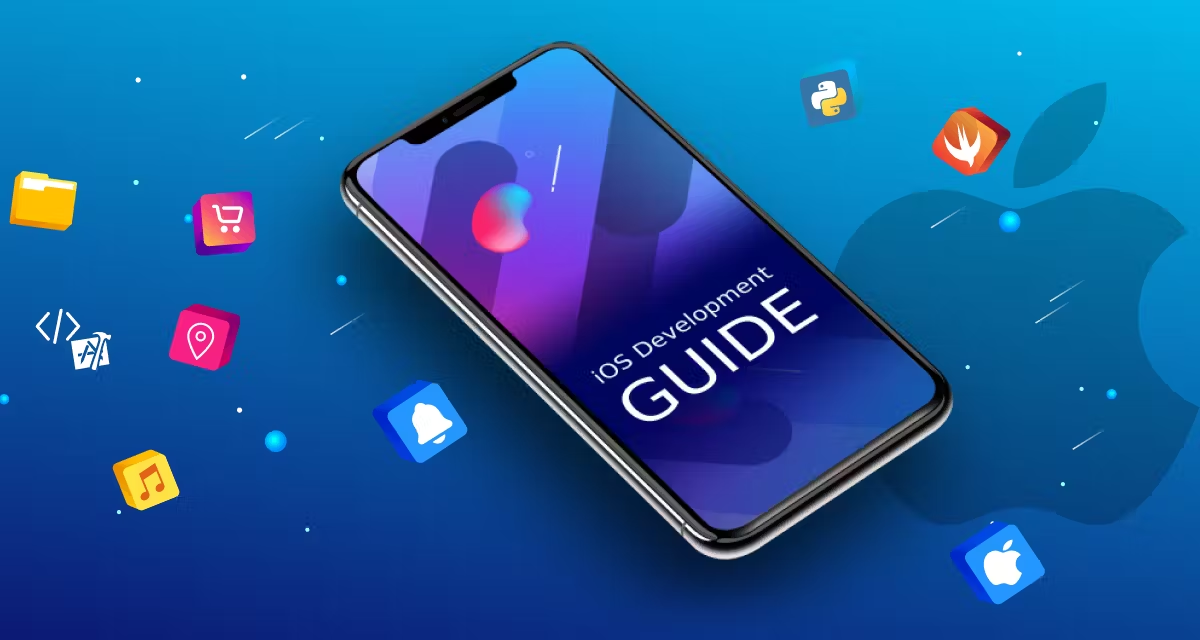The demand for iOS apps is skyrocketing, with businesses and entrepreneurs leveraging mobile applications to enhance user experiences, streamline operations, and drive revenue. If you’re looking to create an iPhone or iPad application, understanding the app development process is essential. In this guide, we will explore the key steps to develop a successful iOS app, from ideation to launch.
1. Define Your App Idea and Goals
Before diving into development, it’s crucial to outline your app’s purpose, target audience, and unique value proposition. Ask yourself:
What problem does your app solve?
Who is your ideal user?
How will your app stand out from competitors?
Clearly defining these aspects will set a strong foundation for your app development journey.
2. Conduct Market Research
Understanding the market landscape is essential for success. Research your competitors, analyze user feedback, and identify gaps in existing solutions. Market research helps refine your app concept and ensures it meets user needs effectively.
3. Choose the Right Technology Stack
Selecting the appropriate technology stack impacts your app’s performance, scalability, and maintainability. Some key choices include:
Programming Language: Swift (preferred) or Objective-C
Development Environment: Xcode
Backend Services: Firebase, AWS, or a custom backend
Database Management: Core Data, SQLite, or CloudKit
4. Design an Intuitive User Experience (UX/UI)
A seamless and visually appealing user experience is critical for an app’s success. Focus on:
- Simple navigation and user-friendly interfaces
- Responsive design for different iPhone and iPad models
- Fast loading times and smooth interactions
- Accessibility features for a broader audience
- Investing in high-quality UI/UX design improves user engagement and retention.
5. Develop the App
Once the design is ready, development begins. The process involves:
Front-End Development: Coding the app’s visual and interactive elements.
Back-End Development: Setting up servers, databases, and APIs to support app functions.
Integration of APIs: Connecting third-party services like payment gateways, social media logins, or analytics.
Testing & Debugging: Regular testing to identify and fix bugs early in the development cycle.
6. Test Your App Rigorously
Thorough testing ensures a bug-free and seamless user experience. Key testing types include:
Functional Testing: Ensures all features work as expected.
Performance Testing: Checks app speed, responsiveness, and stability.
Security Testing: Protects user data and prevents security breaches.
User Testing: Gathers real-user feedback to improve usability.
7. Optimize for App Store Submission
- Before launching your app, ensure it meets Apple’s App Store guidelines. Optimization strategies include:
- Writing an engaging app description with relevant keywords.
- Using high-quality screenshots and videos.
- Implementing App Store Optimization (ASO) techniques to increase visibility.
- Testing the app across multiple devices to confirm compatibility.
8. Launch and Market Your App
A well-planned launch strategy maximizes your app’s reach and user acquisition. Consider:
Pre-Launch Hype: Build anticipation through social media, email marketing, and blog posts.
Influencer Collaborations: Partner with industry influencers to promote your app.
App Store Promotions: Utilize Apple’s promotional tools to boost visibility.
User Engagement Strategies: Encourage reviews, ratings, and user feedback to improve rankings.
9. Maintain and Update Your App
App development doesn’t end at launch. Regular updates keep your app relevant and functional. Implement:
- Bug Fixes and Performance Enhancements
- New Feature Releases Based on User Feedback
- Security Updates to Protect User Data
- Continuous ASO Improvements for Higher Discoverability
10. Work with an Expert Digital Agency
Developing a high-quality app requires expertise in multiple areas, including coding, design, testing, and marketing. Collaborating with a professional digital agency like Creact ensures that your app is developed using industry best practices, optimized for performance, and ready for market success.
Final Thoughts
Building an iOS app requires careful planning, technical expertise, and continuous improvements. By following these steps, you can develop a robust and user-friendly app that meets market demands. Whether you’re a startup or an established business, investing in professional app development services can help turn your vision into reality.
For expert assistance, consider working with a trusted digital agency like Creact, which specializes in iPhone and iPad app development, e-commerce, and website creation.
Read More:wordiply










